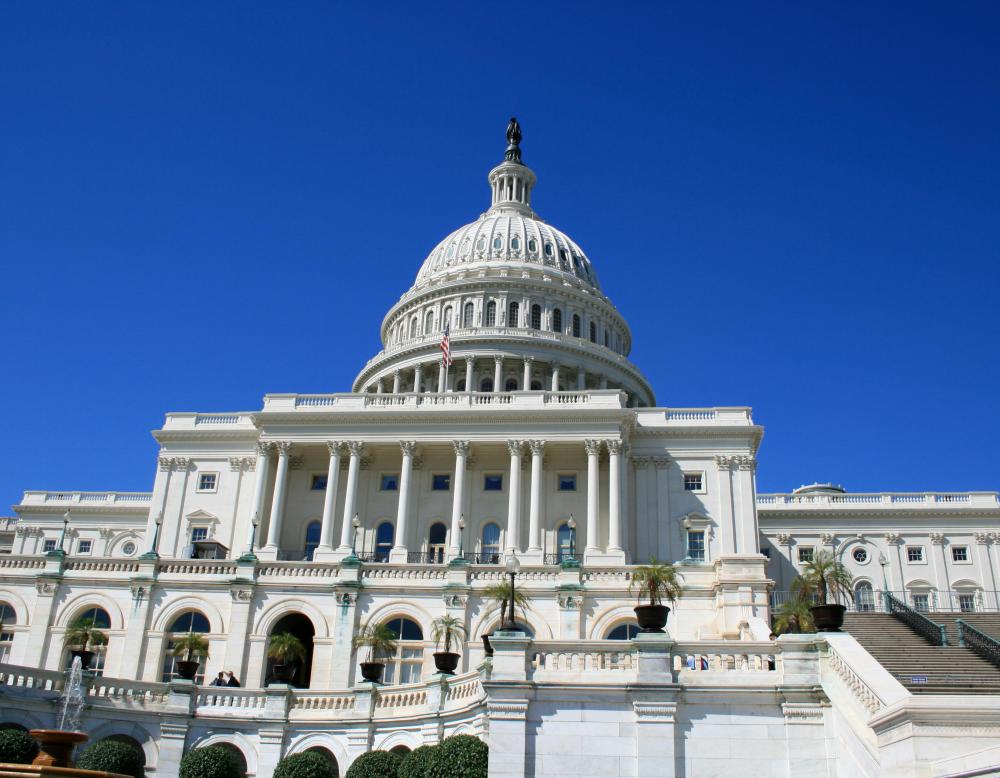At SmartCapitalMind, we're committed to delivering accurate, trustworthy information. Our expert-authored content is rigorously fact-checked and sourced from credible authorities. Discover how we uphold the highest standards in providing you with reliable knowledge.
What are Troubled Assets?
An asset is any type of property or financial instrument that is meant to be a store of wealth for the future, as well as creating wealth in the present. For assets to be called troubled assets usually means that they are depreciating and not creating wealth, but rather diminishing it. In the parlance of the United States government and Treasury Department, "troubled assets" mean specifically those which fall into either of two broadly defined categories.
First, they include mortgages owed on either residential or commercial property, and any securities backed by these mortgages, whose purchase by the government would help in lending stability to the financial markets. The second category includes any other securities or financial instruments, whose purchase by the government is deemed necessary by the Secretary of the Treasury and the Federal Reserve Chairman, again in order to stabilize the financial marketplace of the U.S. The purchase of the second category of troubled assets must be approved by the U.S. Congress before taking place.

These two classes of troubled assets are in the context of a U.S. government program, initiated in 2008, known as the Troubled Assets Relief Program (TARP). As a result of the economic recession and the unprecedented number of home foreclosures that were seen in this time period, banks that had lent money for mortgages, and those companies who subsequently purchased the mortgages, suffered great financial strain. These were most of the troubled assets that the U.S. government made plans to purchase as part of the TARP program. When these assets are purchased by the government, they allow the companies that had owned them to improve their balance sheets and avoid going into bankruptcy or having to lay off large numbers of workers.

Firms who were saved from immediate failure or insolvency by funds from the TARP legislation were able to remain operational, but were also obligated to comply with conditions placed on the use of such funds, such as limits on executive compensation. Effects such as these and others creates by the TARP legislation have been a source of much controversy since the program's implementation. The largest goal of the government purchase of troubled assets was to stabilize financial markets and allow banking institutions who had been in financial trouble, to be able to borrow and lend freely again. When these types of government programs work as intended, they become a quick solution to the problems they address, compared to the time frame of letting the problem reverse itself naturally.
AS FEATURED ON:
AS FEATURED ON:












Discuss this Article
Post your comments